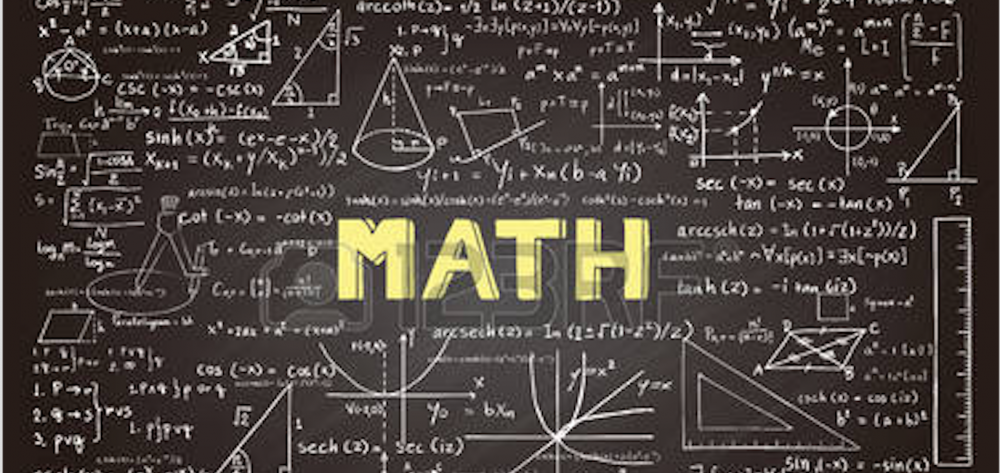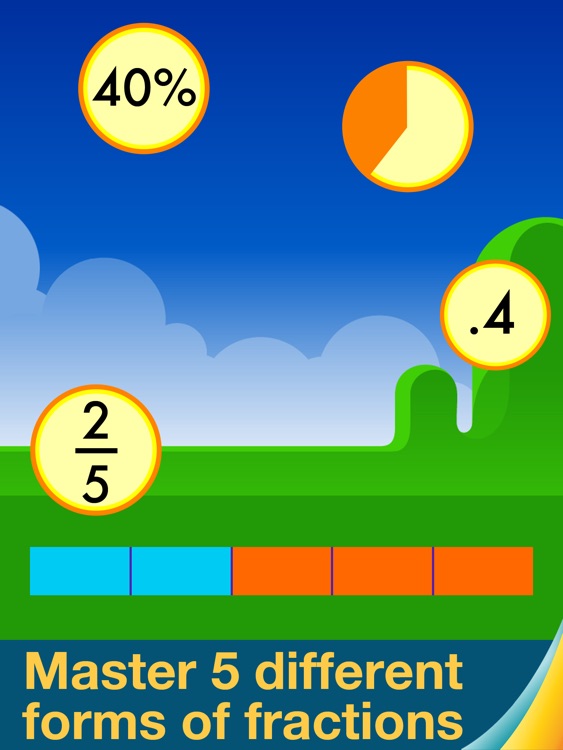

Educational studies in mathematics, 35(2), 153-187. Third graders’ interpretations of equality and the equal symbol. English (Ed.), Handbook of International Research in Mathematics Education, 2nd Edition (pp. Culture and cognition: Towards an anthropology of mathematical thinking. Equations and the equal sign in elementary mathematics textbooks. Mathematical potential of special education students. National Council of Teachers of Mathematics. Principles and standards for school mathematics.

Learning Disabilities Research and Practice, 22, 47–57. Using evidence-based practices to build mathematics competence related to conceptual, procedural, and declarative knowledge. Middle-school students’ understanding of the equal sign: The books they read can’t help. Journal of Cognition and Development, 6, 285–306. Knowledge change as a function of mathematics experience: All contexts are not created equal. Washington, DC: National Evaluation and Technical Assistance Center for Children and Youth Who Are Neglected, Delinquent or At Risk (NDTAC). Making it count: Strategies for improving mathematics instruction for students in short-term facilities. Reading images: The grammar of visual design. Mathematics Teaching in the Middle School, 13(9), 514-519. The Importance of Equal Sign Understanding in the Middle Grades. Educational studies in Mathematics, 12(3), 317-326. Concepts associated with the equality symbol. The Journal of Mathematical Behavior, 26(2), 156-177. Exploring informal mathematical products of low achievers at the secondary school level. International Journal of Computers for Mathematical Learning, 11(3), 301-325. Contemporary Educational Psychology, 34, 250–264. Improving seventh grade students’ learning of ratio and proportion: The role of schema based instruction. In Proceedings of the 30th annual conference of the Mathematics Education Research Group of Australasia (Vol. Relational or calculational thinking: Students solving open number equivalence problems.

Teaching mathematics to low attainders, 8-12. The Journal of Mathematical Behavior, 18(4), 401-413. Objects, actions, and images: A perspective on early number development. Learning Disability Quarterly, 12(1), 43-55. Journal of learning disabilities, 37(1), 4-15. (2008) Effects of preventative tutoring on the mathematical problem solving of third-grade students with math and reading difficulties. Project for the Mathematical Development of Children (PMDC) Technical Report, (6). Final report: A teaching experiment on equality. Beyond formulas in mathematics and teaching: Dynamics of the high school algebra classroom. Teaching and Teacher Education, 11(1), 81-95. Effects of metacognitive instruction on low achievers in mathematics problems. Contingent teaching to low‑achieving students in mathematics: Challenges and potential for scaffolding meaningful learning. Examining mathematical discourse to understand in-service teachers’ mathematical activities. Journal for Research in Mathematics Education, 36(3), 176-247. Doing wrong with words: What bars students’ access to arithmetical discourses. Ben-Yehuda, M., Lavy, I., Linchevski, L., & Sfard, A.Secretary’s Summit on Mathematics, US Department of Education. What mathematical knowledge is needed for teaching mathematics. The routines’ evolution was guided by the teacher, and therefore, we conclude that the combination of the potentials of the artifact together with the teacher’s actions helped students understand the mathematical equality-inequality. This routine evolution advanced from everyday discourse into mathematical discourse. This evolution was present in the sequence of routines, with which the students were engaged. The results indicate that the commognitive processes exploited by students as they learned the mathematical equality-inequality were reflected in the evolution of their discourse. Three pairs of low-achieving 16-year-old students participated in this study, in which they were asked to use the artifact to compare mathematical expressions. The study was guided by the commognition framework. In this study we analyzed the discursive actions employed by low-achieving students when they used an interactive technological artifact that simulates a two-pan balance scale to learn about mathematical equality.


 0 kommentar(er)
0 kommentar(er)
